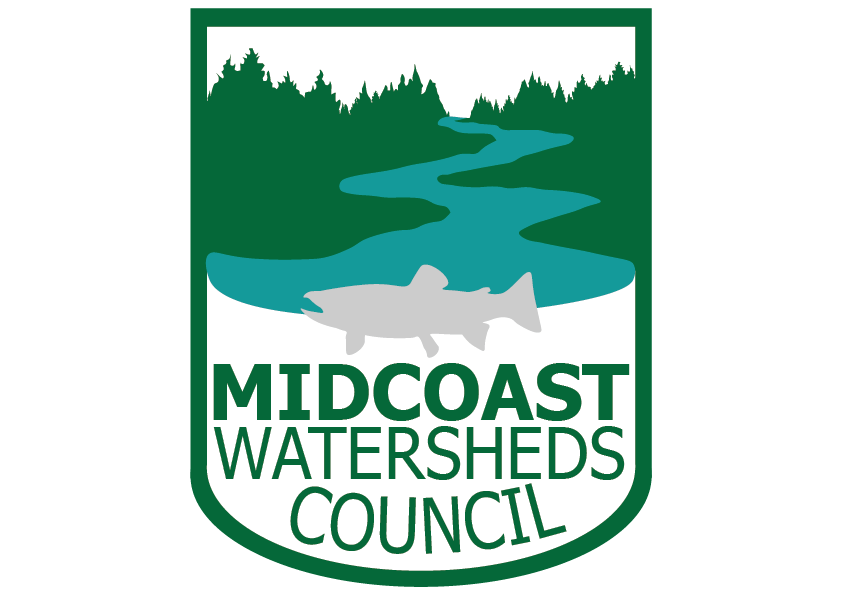Across North America, rivers have been simplified and degraded by the systematic and widespread removal of beaver and large woody debris (LWD). Many streams are now no more than deep channels that don’t spread out floodwaters or create good salmon habitat. Consequently, one of the major goals of the MidCoast Watersheds Council’s work and that of other similar groups and agencies is to restore the natural processes that large wood and beavers used to create. To effect meaningful salmon restoration, it is important to learn how to do this work over a large scale and lower cost. NOAA’s Research Fisheries Biologist, Dr. Chris Jordan, will discuss low-tech, “process-based” restoration methods at the November 7th MidCoast Watersheds Council Community Meeting in Newport.
Historically, beaver dams and large woody debris were ubiquitous throughout North American rivers. Beavers often built their dams on large logs that would be stable even through winter storms. Their dams exerted a major influence on streams by elevating water tables, capturing sediments and slowing waters so the stream channels could overflow the banks, into wetlands and floodplains to reduce downstream flooding, and conversely increasing flows during periods of drought. Large woody debris has been shown to similarly influence water flow and sediment and erosional processes. Salmon evolved under these conditions, with both the wood and beaver dams creating ideal fish spawning and rearing habitat.
Dr. Jordan will emphasize two types of efficient low-tech structures that are being installed in streams to achieve restoration goals. Placing multiple structures in complexes within a stream system in ways designed to mimic natural processes begins the process of rebuilding and sustaining good habitat. These simple structures are called beaver dam analogues (BDAs) and post-assisted log structures (PALS). BDAs are channel-spanning, permeable structures, constructed using woody debris and willow or tree branches, to form ponds that mimic natural beaver dams and to attract beavers to maintain them. PALS are woody material of various sizes pinned together with wooden posts driven into the substrate to simulate natural wood accumulations and that capture additional wood over time. The goal of both structure placements is to achieve dynamic, self-sustaining and resilient habitat conditions.
Dr. Chris Jordan is a Research Fisheries Biologist with NOAA/NMFS’s Northwest Fisheries Science Center and Program Manager for the Mathematical Biology and Systems Monitoring Program. Trained as a mathematical biologist, he has worked on a wide range of biological topics. Recent work has focused on the design and implementation of large-scale monitoring programs to assess anadromous salmonid freshwater habitat and population status. He has also worked to analyze the watershed-scale effect of management actions on salmonid habitat and population. Current projects include the development of life-cycle simulation models to integrate knowledge on physical and biological processes into a management decision support framework and developing novel methods and criteria to assess and design projects needed for the successful management of endangered salmon populations.
The presentation will begin at 6:30 PM in Room 205 on the upper floor of the Newport Visual Arts Center in Nye Beach, at 777 NW Beach Drive. Refreshments will be provided. Following the presentation, a MidCoast Watersheds Council Board meeting will be held to review the financial report, restoration work, and the work of the groups’ technical administrative committees and take action as needed.
We hope to see you on Thursday, November 7th!

